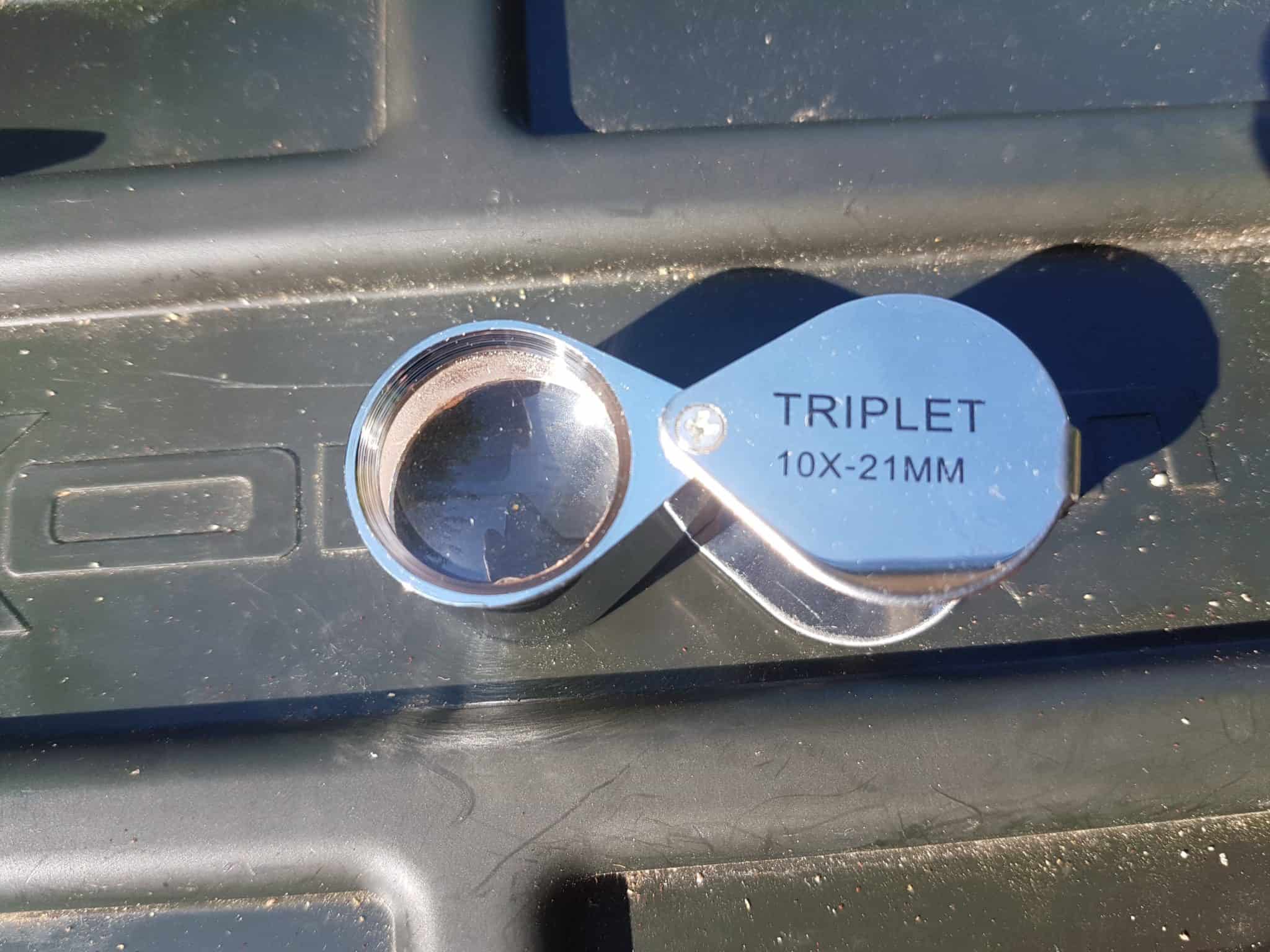The most common mistakes that people make when it comes to using a hook for fishing are the ones that prevent them from catching a lot of fish. This is why it’s important that you thoroughly understand the various aspects of the hook before you start fishing.
What Are The Best Type Of Hooks For Carp Fishing?
Before you start fishing, it’s important that you first decide whether you want to use a barbless or a barbed hook. For some people, the decision will be made for them due to the restrictions that the fisheries have. I would recommend using barbed hooks whenever possible.
Barbless Hooks
In pressured waters, many of the wily fish have learned how to avoid capture using various methods. With a barbless hook, they can easily eject their rigs. During a session, the hook will be picked up by the fish and it will prick its mouth. The weight of the bait will then flick from side to side, causing the hook to lose grip and move back out of the fish’s body.
The fish will then blow its mouth and the rig will be ejected. This can happen in just seconds, and it can be done without the alarm setting. In underwater videos, this can be seen clearly.
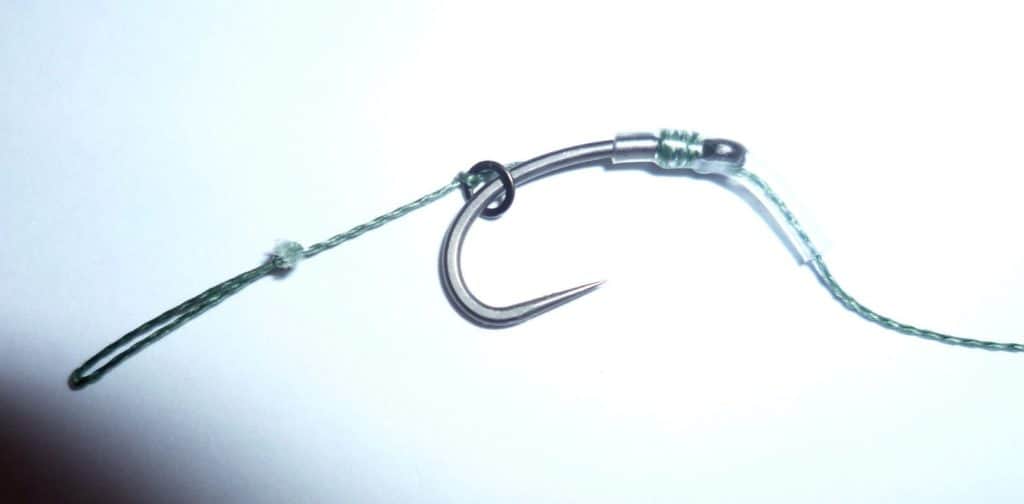
Barbed Hooks
A barbed hook is ideal for this type of setup as it only requires the hook to penetrate the barb. Once the fish moves off, the alarm will go off. I prefer using micro barbed for this type of setup as these minimise the damage to the fish’s mouth during the fight.
Hook Sharpness
One of the most important factors that you should consider when it comes to choosing a hook for fishing is its sharpness. This will allow the barb to penetrate the flesh faster and give you a better hold. Also, a blunt hook can allow the fish to easily eject the rig.
If the hook gets no grip, it will eventually fall out of the fish’s mouth. This can happen because of the weight of the bait or the slack line used to support it. Having a sharper hook will allow you to get a better hold of the fish.
I prefer to use hooks that are sticky-sharp because it allows me to test how quickly they turn on the line. I have noticed that when I use a hook sharpening tool, it loses some of its stickiness. It’s possible that the outer coating of the hook has lost its outer coating during the process. I don’t use a hook sharpening kit unless it’s for one cast.
Hook Wire Thickness
For most of the time, I prefer to use the smallest hook that I can get away with. However, sometimes, I will switch to a bigger hook to counteract the extra weight of the heavier one.
One of the advantages of using a thin wire hook is that it allows you to keep the weight of the bait in the water. Since some fish will suck at groups of bait, smaller hookbaits will usually enter the mouth first. Having a lighter hook will allow you to keep the weight of the bait in the water.
One of the biggest problems with using a thin hook wire is that big fish will typically not move with force when they are feeding on bait. This means that they will often try to eject the bait if they sense danger. Having a thin hook wire can allow the barb to penetrate the flesh even when the fish is not moving.
There are various types of hooks that are commonly used in fishing. One of the most important factors that you should consider when it comes to choosing a hook for fishing is its wire thickness. This will allow the hook to exert more force to reach the fish’s flesh and grip.
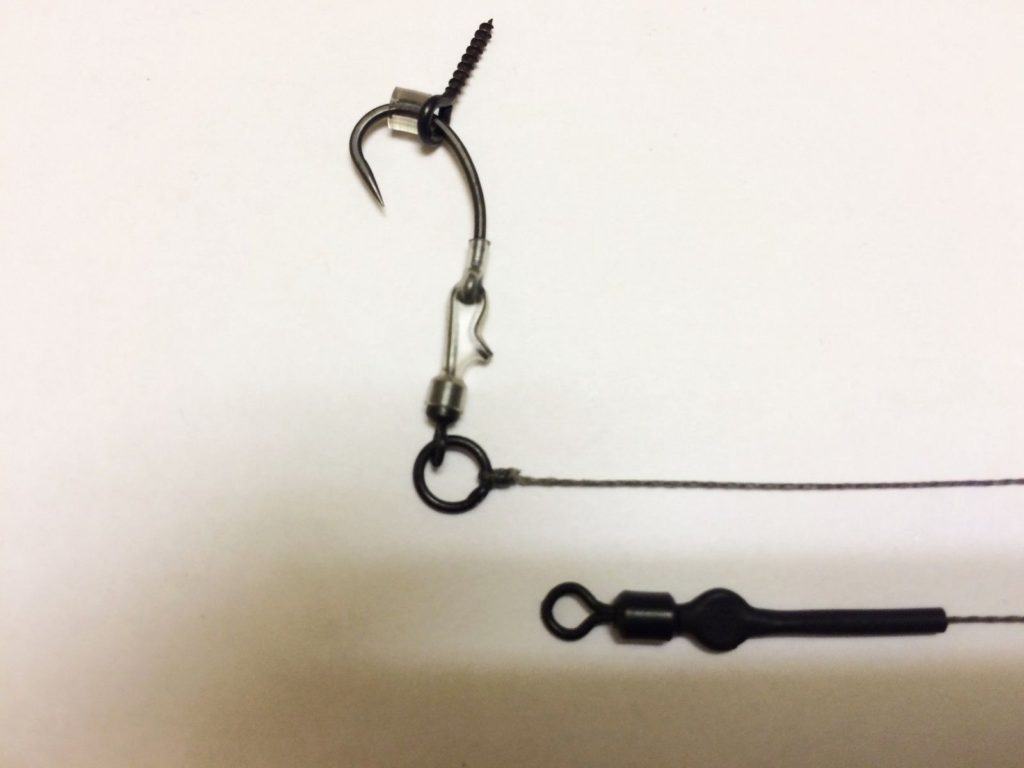
What Are The Best Hooks Patterns For Carp Fishing?
Besides the size of the hook, it’s also important to consider the shape and pattern of the hook that will work best for you when it comes to fishing for big fish. There are so many different types of hooks that you can find in the tackle shops.
Upturned Eye Carp Hooks
The eye point of an upturned eye carp hook is located away from the point of the hook. These types of hooks are commonly used for presentations using stiff mono lines. When tied to these lines, the hook will remain straight and will ideally sit at a proper angle for the presentation.
Inward Eye Carp Hooks
Most of the hooks that are commonly used in fishing are based on an inward-facing eye design. This type of pattern can be used in various situations and is often effective when used with different types of rigs. When tied properly, this type of hook can easily turn into a point catch in the fish’s mouth.
One of the most effective types of hooks that are commonly used for fishing is the inward-facing eye design. This type of pattern can be used in various situations and is often effective when used with different types of rigs. The combination of the quick turn and the greater area that the hook has to reach to get a grip makes this type of hook an ideal choice for most situations.
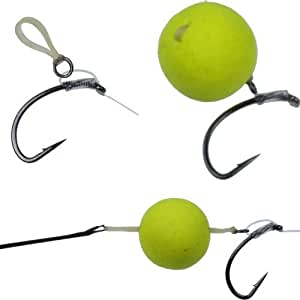
Bent Shank Hooks
A bent-shanked and inward-facing eye type of hook is commonly used for catching big, wary carp. Because of how easily they turn, these types of hooks are ideal for those who are looking for big fish. However, some people won’t use them due to concerns that they can damage the mouths of the fish.
I prefer to use these types of hooks when I’m fishing with short rigs that are made out of supple materials. When using heavily baited areas, the fish will often move slowly across the surface while sucking and blowing the bait into their mouths. The ability of the nailer to turn quickly helps prevent the fish from getting a chance to blow the bait back out.
Although I prefer to use a straight-point style of hook when fishing for big, wary fish, I feel that the beaked style of hooks is less effective when it comes to actually get the fish to bite. Instead of trying to bully the fish, I prefer to play all my fish gently and use nailer-style hooks whenever I’m near a snag.
Straight Eyed Carp Hooks
Although straight-eyed hooks are not commonly used in most fishing situations, I believe that the best way to use these types of hooks is when using them on top. If you’re planning on using a floating bait, then you can superglue the hooks to the surface and direct the line away from the body of the bait. Another good tip is to place a small shot into the bottom portion of the bait to make it move out of the water and into the fish’s sight.
One of the most common reasons why I don’t use straight-eyed hooks is due to the time and effort that it takes to create a line-aligner using shrink tubing. This method only produces the same potential as downward-eyed hooks.
Carp Hook Tips
It can be hard to choose the right size of hook for your bait. With so many different sizes available, it can be hard to know which one will work best for your situation. However, regardless of the size of the hook, it’s always a good idea to remember that a fish will most likely see it.
Make Sure Hooks Are Sharp At all Times!
Today’s techniques require the fisherman to hide the end tackle in order to get a better chance of success. This is why it’s important to start by using the smallest hook that you can afford. This will allow you to easily cover up the hook and get the desired results.
A bigger hook will also weigh more as it will be easier for the fish to see and avoid the bait. Although we may not notice it, the sharp senses of the fish allow them to make an informed decision when dropping the bait. Hooks with a reduced potential are harder to set in the mouth.
Even if you’re using a blowback rig, the fish may still be capable of ejecting the hook successfully after a take. Smaller, thinner hooks may also result in more losses during the play, though this can be easily managed by playing the fish slowly. Despite these potential issues, I would still prefer to have more aggressive fish taking my free offerings rather than having them refuse to eat the bait.
Different techniques can also be used to hide the end tackle. For instance, fishing on weed or silt can provide a better hiding option than using clear patches or gravel.
If you’re trying to hide the end tackle, it’s important to consider the type of hooks that you’re using. For instance, if you’re using shiny or old hooks, they might reflect sunlight on a bright day, which can become visible even when lying on the bottom. Teflon-coated hooks can help prevent these reflections.
If you’re looking for a particular color that will work best on the bottom, try using a marker or the rig tube’s color over the eye and the shank. If you’re fishing on weed, wrapping a small piece of it around the hook can also help create a more uniform look.
If you’re trying to camouflage the end tackle, try using a thin rubber cover that looks like a small worm. These are known as hook skins, and they slide around the bend like socks. They can be used to cover the entire length of the hook, but they can still leave the point exposed to attract fish. These are available in various colors from most tackle shops.
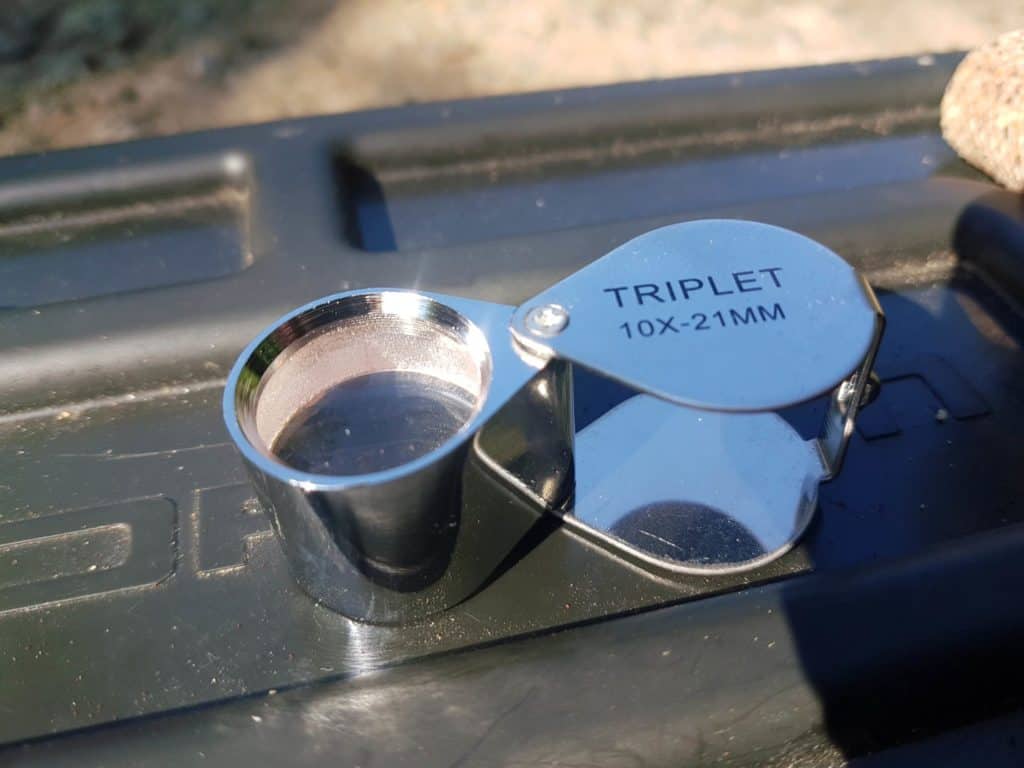
A Test of Hook Sharpness
Every time you cast a line, make sure that the hook is sharp. Also, test the condition of the new hooks that you’re using. Although they will initially be sharp, they can sometimes develop a slight fold in the hook due to the movement of the packet.
To test the strength of the hook, hold it by the shank using your index finger and thumb. At an angle, gently rest the point of the hook on the end of your thumbnail. Don’t press the point into the nail, as it should rest under its own weight. If the hook slips across the nail, it’s not sharp enough to catch the fish.
Since the point of the hook is often caught on various materials during the retrieve, it’s important to regularly test its strength. Also, avoid using blunt hooks since they can easily damage the point. Some top-tier professional fishermen will even replace their hooks after every cast.
Since big fish are known to be hard to catch, it’s important that you don’t lose a potential monster by testing the strength of the hook before casting the line.
I have made a lot of mistakes during my fishing sessions and don’t want you to make the same mistakes. I’ve learned the hard way over 20 years of fishing most weekends, testing, tweaking, and testing again and now want to help you excel with your carp fishing.
If you need any help, you can reach me at Fishing Again’s Facebook page

